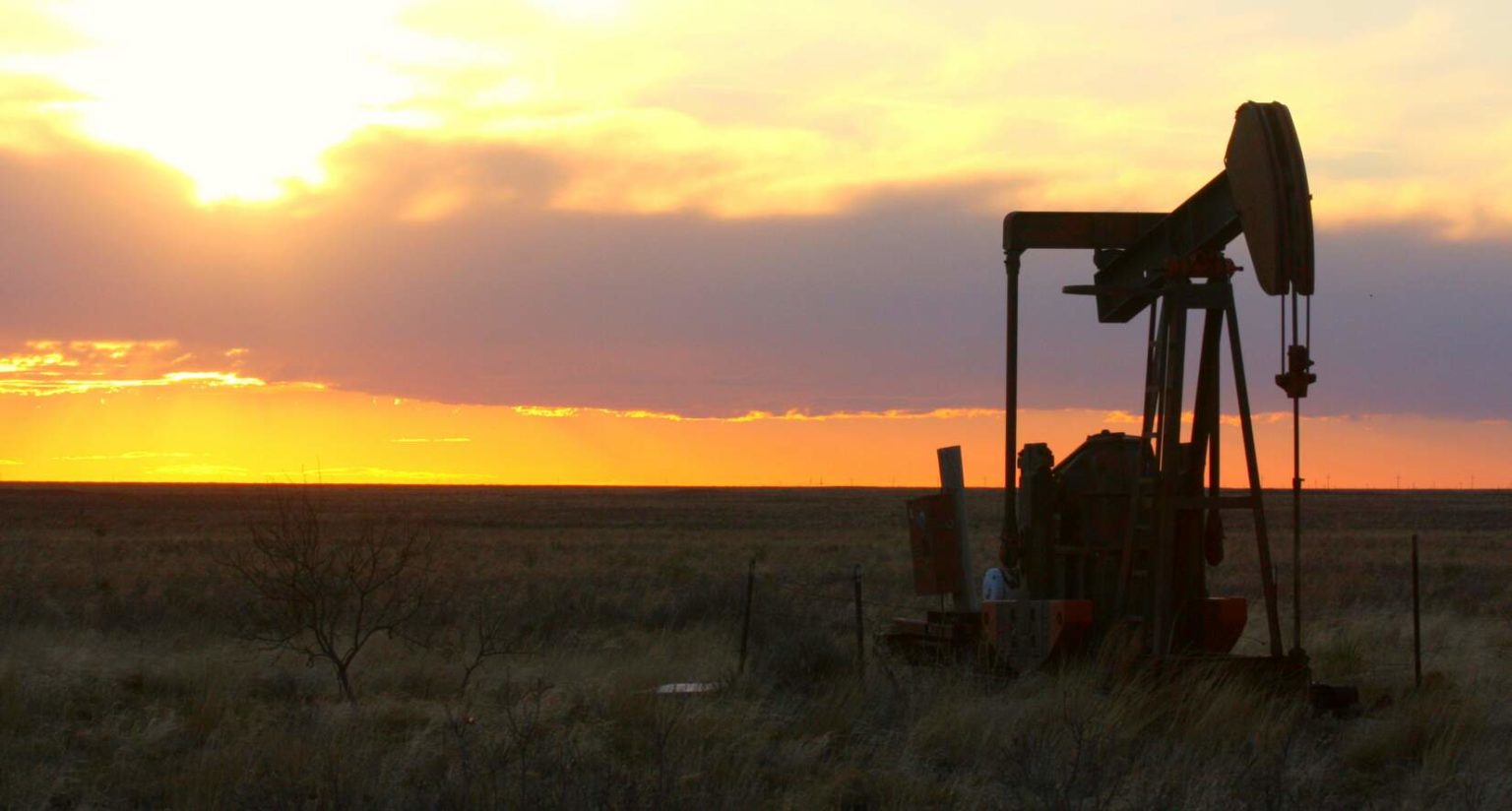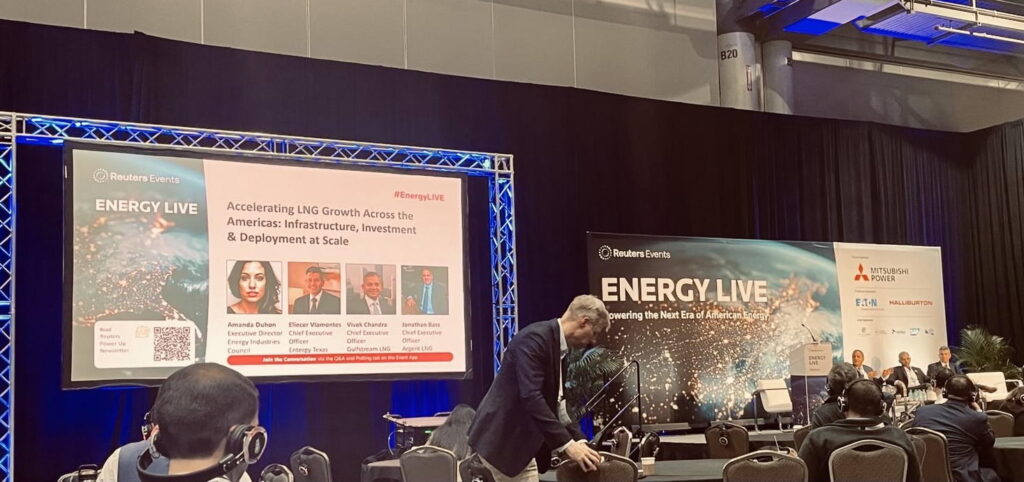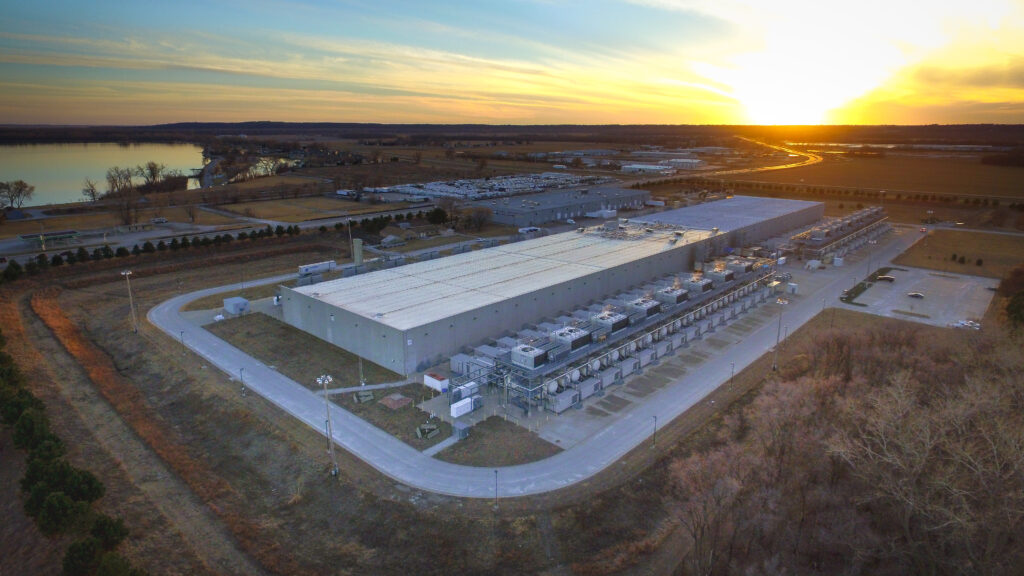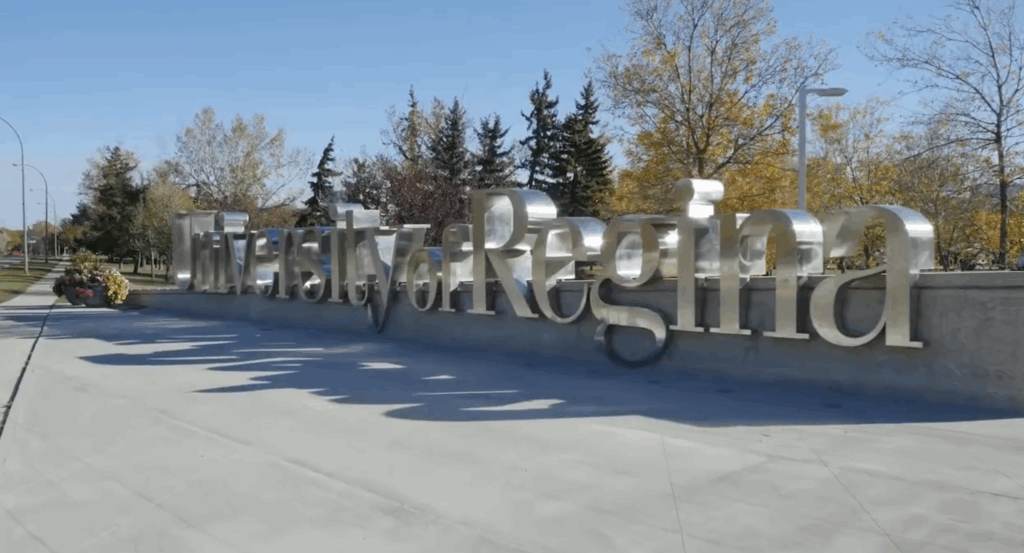In early 2018 when major financial publications like the Wall Street Journal were predicting a bright and profitable future for the fracking industry, DeSmog began a series detailing the failing business model of fracking shale deposits for oil and gas in America.
Over a year later, the fracking industry is having to reckon with many of the issues DeSmog highlighted, in addition to one new issue — investors are finally giving up on the industry.
Billionaire oil CEO Harold Hamm — who has been touted as a “Shale King” — made comments this week reflecting how weak investment interest is in oil and gas fracking, going so far as to say that it wasn’t worth being a publicly traded company. “In today’s market, we don’t see a lot of value in it,” he said on his company’s earnings call.
A similar sentiment has appeared in The Financial Post, which this week reported how “unloved” by investors the Canadian tar sands industry — which DeSmog also has highlighted as a financial disaster — currently is.
“General investors are saying, ‘To heck with energy,’” Jennifer Rowland, an oil and gas analyst for Edward Jones, told The Financial Post.
After years of patience as the fracking and tar sands industries continued to pile up losses, investors are understandably tired of losing money.
$XOP, the key ETF for #oil and #gas producers, is at its lowest point since inception, in 2006. Lower than the depts of the great recession. Lower than after the price crash of 2014-2016. #Shale is literally eating this sector alive. pic.twitter.com/xrfM6w3mAB
— Clark Williams-Derry (@ClarkWDerry) August 7, 2019
2019 Quickly Becoming Another Financial Disaster of a Year
2019 was supposed to be the year that shale oil and gas producers finally reined in spending, with the goal of funding all new development from free cash flow. And just like every other year, it didn’t take long for those plans to unravel.
An analysis of 40 U.S. shale oil companies by Rystad Energy, an independent research organization in Norway, revealed how badly things had gone in the first quarter of 2019: “The gap between capex [capital expenditures] and CFO [cash flow from operating activities] has reached a staggering $4.7 billion. This implies tremendous overspend, the likes of which have not been seen since the third quarter of 2017.”
In other words, the capital expenditures, or money spent drilling oil, outpaced the cash flow from operating activities, or the money made by selling oil, by nearly $5 billion, in the first quarter of 2019 alone.
And the announcement of second quarter results brought no better news, with many shale companies suffering major drops in value.
A very bad day for two tight oil companies.#OOTT #oilandgas #oil #WTI #CrudeOil #fintwit #OPEC pic.twitter.com/5eqq0KLbix
— Art Berman (@aeberman12) August 2, 2019
New Dire Warnings About Peak Shale
Undeniably, the so-called “shale revolution” has produced record amounts of oil, with steady growth over the past decade. The dual techniques of horizontal drilling and hydraulic fracturing, or fracking, are very effective at producing large amounts of oil and gas, but that production has resulted in chronic industry overspending by approximately a quarter trillion dollars over the last decade.*
Investors have been told to wait for the industry to figure out how to produce the oil and make a profit, but a new problem looms that could complicate those plans: Shale companies are running out of the “good rock” that produces plenty of oil.
In the past, shale producer Pioneer Natural Resources has been criticized for its overly optimistic forecasts for increased oil production, but company CEO Scott Sheffield has been singing a different tune lately. Sheffield now is warning that most of the oil from so-called “sweet spots,” or “tier 1 acreage,” has already been extracted.
“Tier 1 acreage is being exhausted at a very quick rate,” Sheffield told analysts on a call about second quarter results.
A similar warning is found at oil and gas industry news site Rigzone.com under the headline, “Is the US Shale Boom Winding Down?”
“New well flows are not what they used to be, since wells are drilled further away from sweet spots or placed too close to each other in order to make the most of all that very expensive acreage,” notes the story.
And financial industry site Seeking Alpha recently echoed all of these concerns, including the “growing scarcity of tier 1 acreage.”
PERMIAN WATCH: America’s Hottest Shale Play Is Slowing Down – Bloomberg https://t.co/aKfpnlxV2l pic.twitter.com/qvI2mZIMjl
— GPPOil_Gas (@GPPOil_Gas) August 5, 2019
The messages coming from energy analysts, the financial industry, and the fracking industry all lead to the same conclusion: The U.S. shale industry has been a financial disaster for investors, with producers piling up huge amounts of debt despite extracting copious volumes of oil from disappearing sweet spots. Now, shale companies are under mounting pressure to pay back that debt by producing oil from lower tier acreage. If past performance is any indication, this approach is a major long shot.
General investors are finally catching up to the bad deal that fracking represents, but the question is: What took them so long?
Main image: Twilight of the Petroleum Age? Credit: J.N. Stuart, CC BY–NC–ND 2.0
*Updated 8/9/19: This story has been updated to correct the overspending of the fracking industry to a quarter trillion dollars, not billion.
Subscribe to our newsletter
Stay up to date with DeSmog news and alerts






